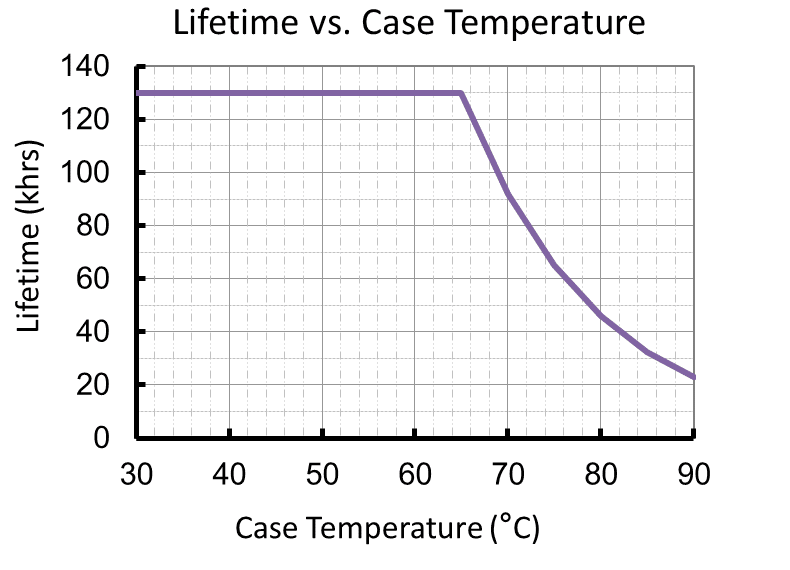What is PF of LED Driver?
The power factor of a power supply is a ratio of the real power to apparent power of the power consumed by the supply. It is expressed either as a number between 0 and 1 or as a percentage between 0 and 100%.
Real power is the actual power drawn by the supply, whereas apparent power is the product of the input current and the input voltage. Since voltage and current may be out of phase in non-linear loads such as switch mode power supplies, this product can be much greater than real power.
What is PFC of LED Driver ?
In order to maintain a high power factor, many power supplies (including LED power supplies) must employ some form of power factor correction (PFC) whose role is to ensure that the input current waveform matches in the input voltage waveform as closely as possible in both waveform shape and phase.
Benefits of High PF
A high power factor is required because a power supply with low power factor will draw more current for a given power consumption than a supply with high power factor. That means that a low power factor supply will result in greater power losses in all transmission lines and a large number of low power factor loads may even require a resizing of these utility lines. There are a number of standards now in effect requiring certain minimum levels of power factor in power supplies, including LED drivers.
What is MTBF of LED Driver?
There is a certain degree of confusion when it comes to the MTBF and Lifetimes of power supplies. The Mean Time Between Failure (MTBF) of a unit is the statistical approximation of the cumulative hours a number of units can be expected to operate before a failure occurs. For example, if 10,000 units operated in the field 10,000 hours with an MTBF of 1,000,000 hours, 10 failures would be expected (failure rate = (10,000 x 1,000) / 1,000,000)). The MTBF is not the length of time a supply can be expected to operate without failure.
What is Lifetime of LED driver?
The lifetime of a power supply is the period of time expected between starting the supply and the beginning of its wear-out phase. This is calculated by determining the life expectancy of each component of the supply is finding the component with the shortest lifespan, or the weakest link. The life expectancy of this component determines the life expectancy of the supply itself. In power supplies, the weakest link is usually the electrolytic capacitors.





